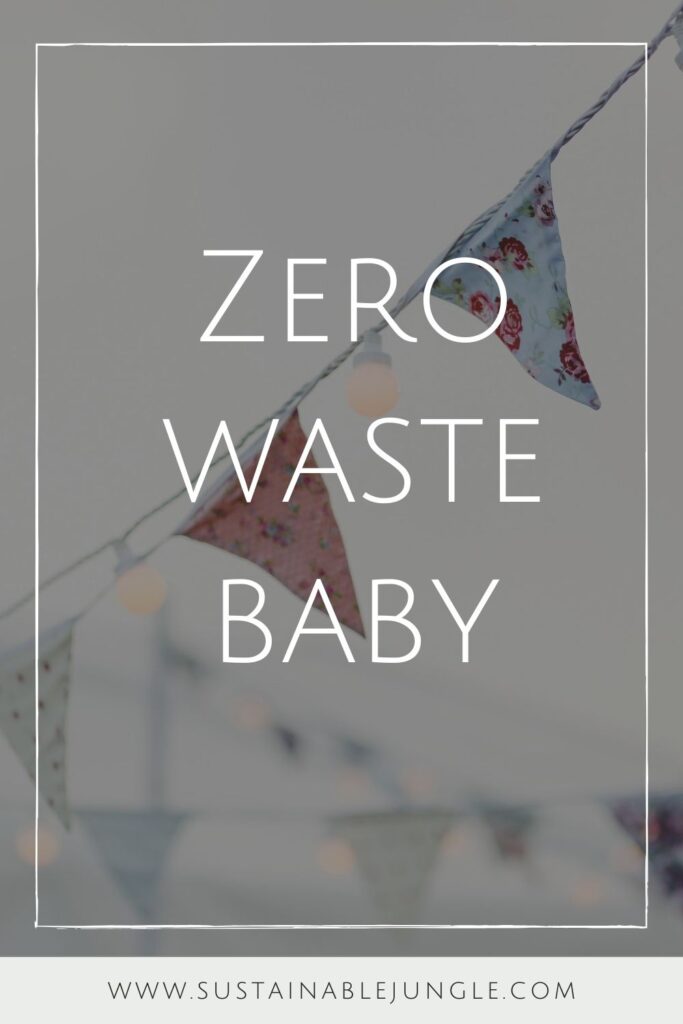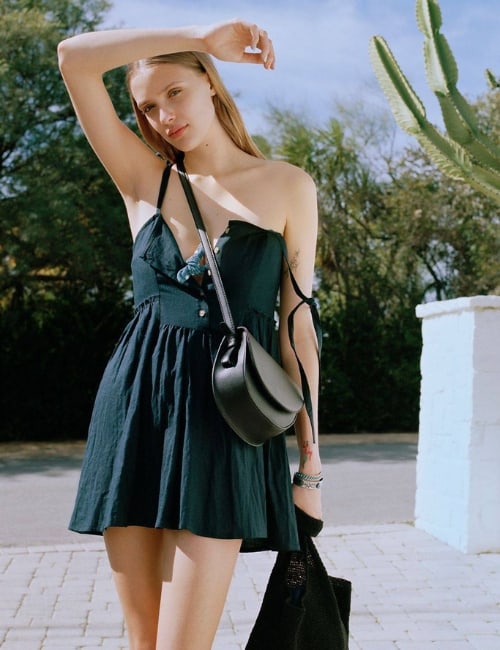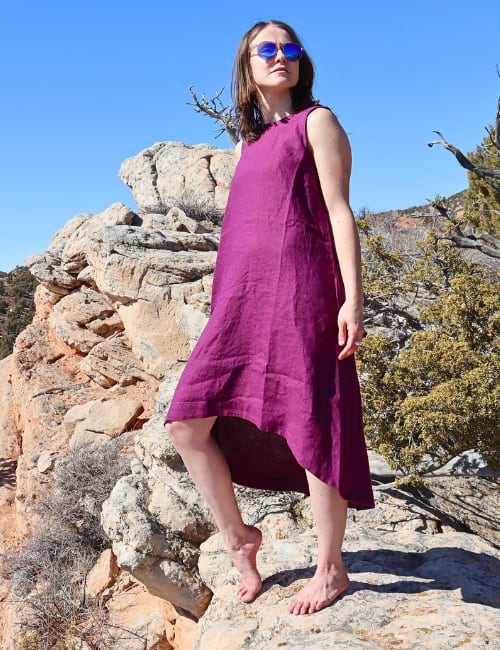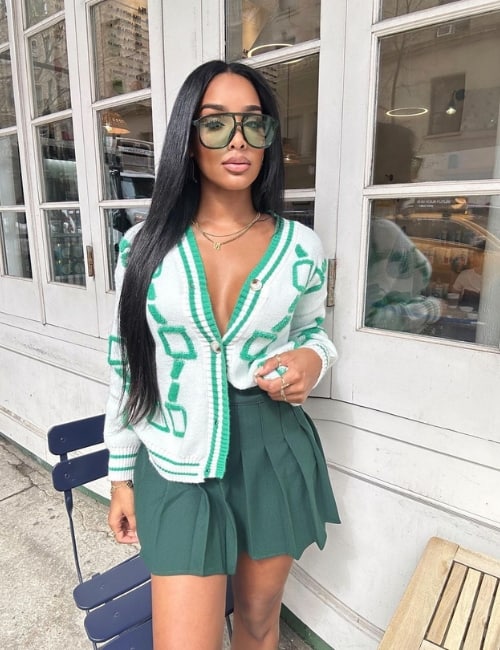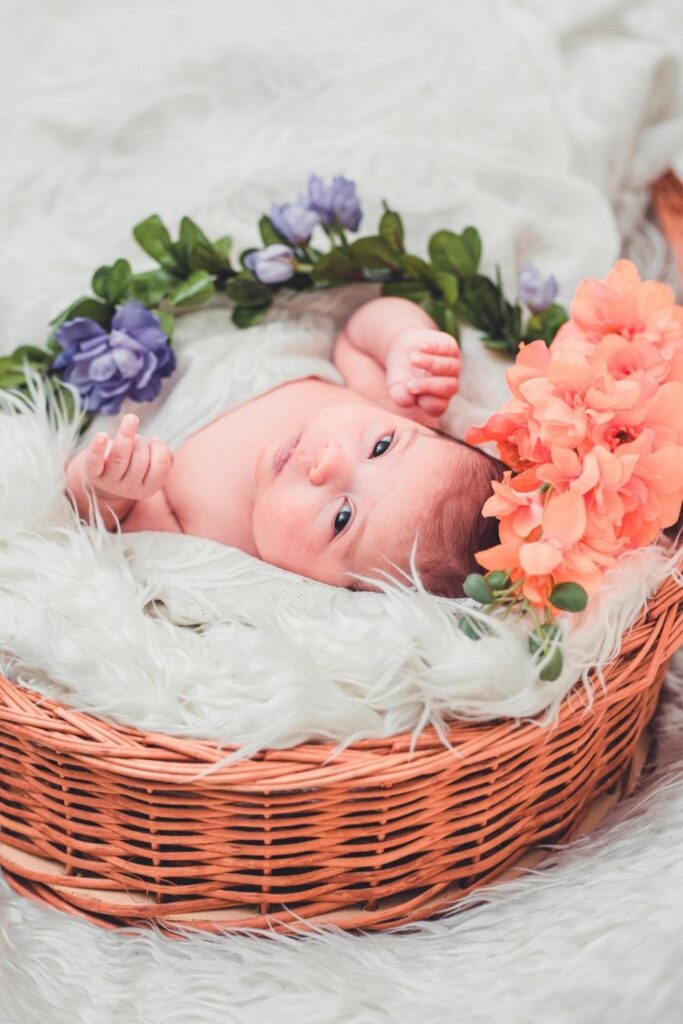
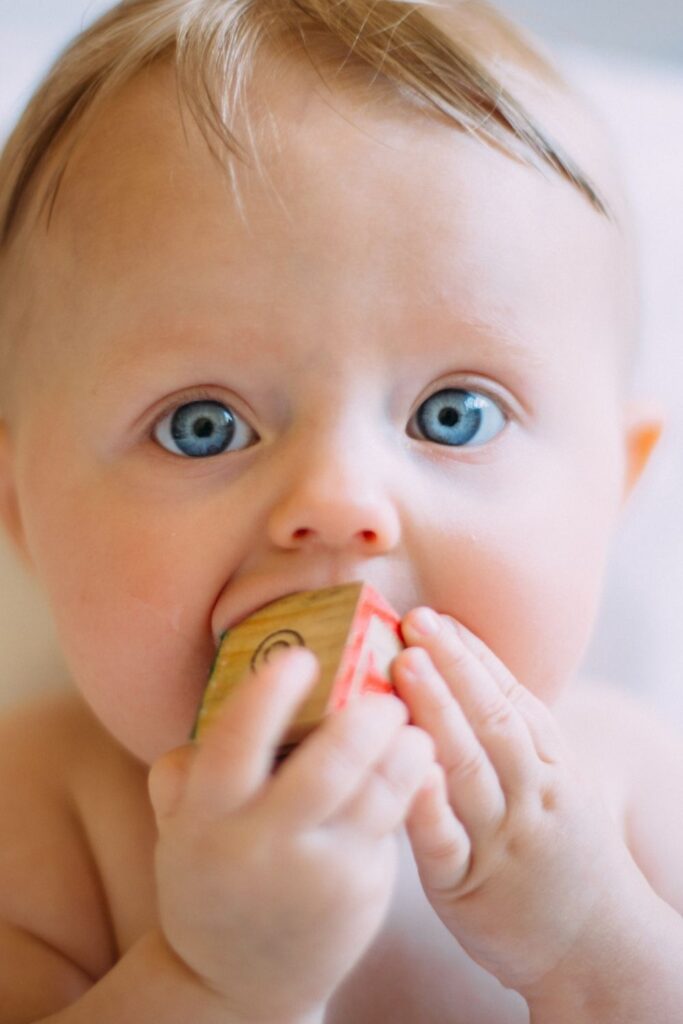
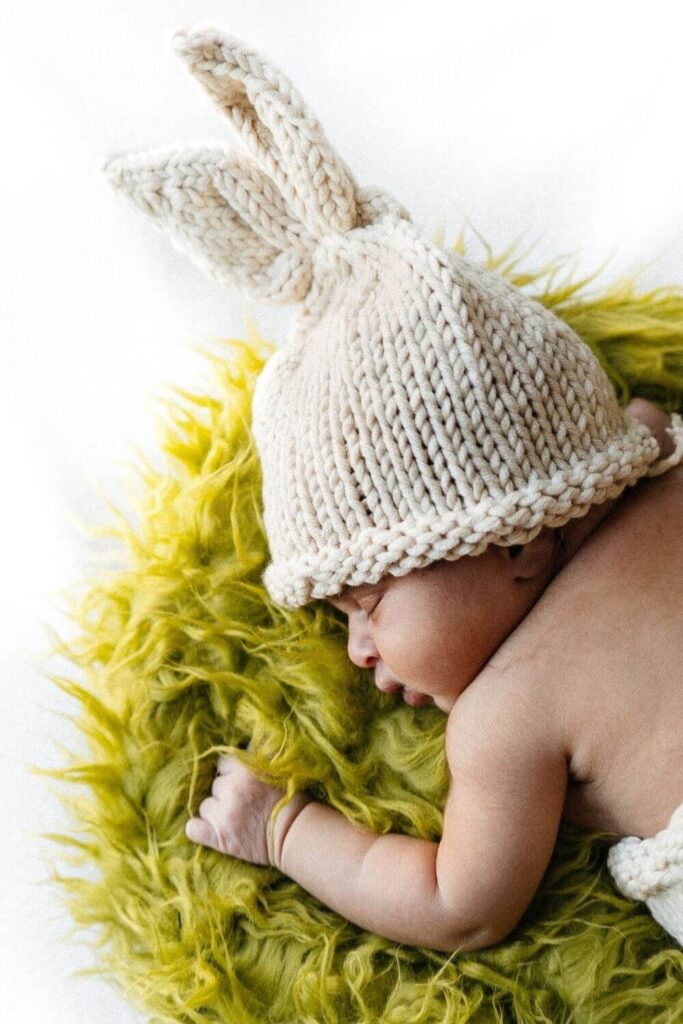
Raising A Zero Waste Baby is Impossible But You Can Get Pretty Close
Congratulations on welcoming a new addition to your family!
Now comes all of the thoughts, concerns, sleepless nights, questioning, decision-making, research, and planning that accompanies having a tiny human under your care.
And OH the waste a baby produces!
According to The Guardian, the environmental impact of a baby is equivalent to about 58.6 tons of carbon each year.
You’re probably feeling overwhelmed to say the least, even without trying to throw sustainable living or zero waste goals in the mix.
Fortunately, raising a zero waste baby is actually much easier than the internet would have you believe.
Yes, babies are messy (as indicated by the fact that you can’t find a single shirt that doesn’t have spit up stains on it), but mess doesn’t necessarily mean waste.
When it comes to raising a child sustainably, some of the best practices simply require less—less products and more loving. It’s easy to get caught up in the eco friendly hype and think you need all kinds of organic, natural, and green baby products on the market.
In reality, less is more, and reusing is key.
So stop considering (nice to have) expensive eco-conscious baby products because, in fact, the best thing you can do for a zero waste lifestyle is to avoid consumerism as much as possible.
Between baby showers, sleepless shopping sprees, and unsolicited advice from literally everyone, you might feel like you need to keep up with a constant influx of new products that are “better for baby”.
Faced with the environmental impacts of conventional baby formula, mountains of dirty plastic-based diapers, and new onesies appropriately named in that they may only get worn once, it’s important to refuse where you can.
There are several ways you can reduce the impact of your little cherub. And they’ll even save you money to start that college fund early!
*This post contains affilate links
REUSE WHAT YOU CAN
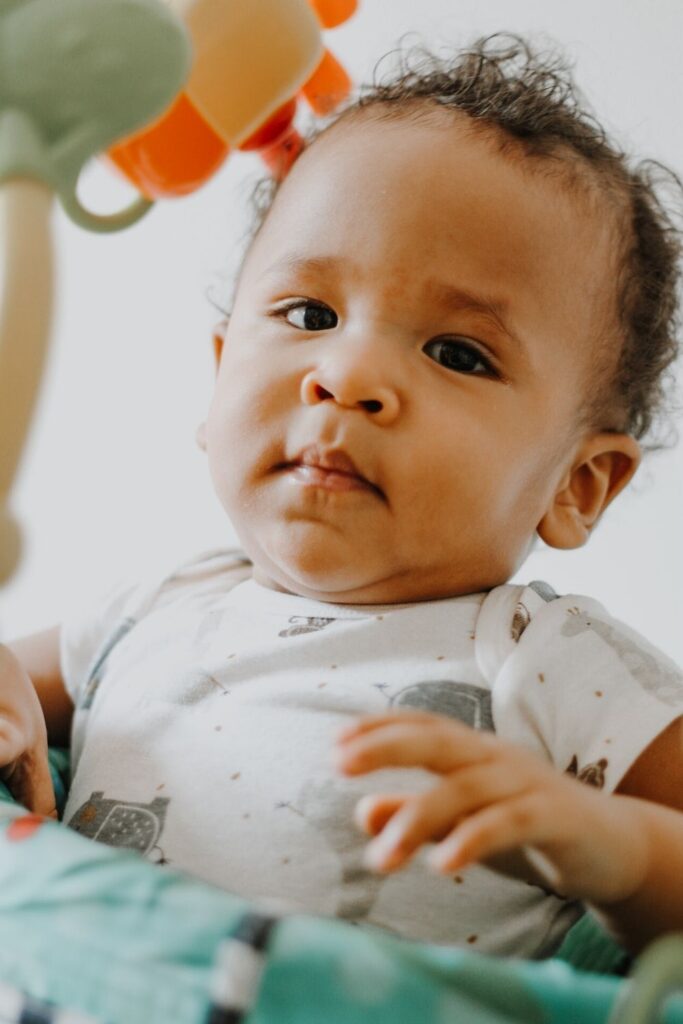
There are many uncertainties when it comes to having a baby.
At least one thing is for sure: your baby will grow and it will grow rapidly.
Until a baby is six months old, they will grow about an inch every month and will double their birth weight by the time they are five months old!
There’s little to no reason why you should buy new clothes and shoes because they won’t fit for long.
Because these clothes are worn for such a short period of time, finding them second-hand and in near-new condition is so easy. Even better, you’ll get them for a price that is just as exceptional.
Local thrift stores and garage sales are much better options.
For U.S. and Canadian residents, Once Upon A Child can really help with all of your baby needs (many locations even have a special for 20 onesies at an unbeatable price!).
When buying used baby clothes, check for the following:
- Look for unraveling. Unless you’re handy with a needle and thread, you might want to swap for something else.
- Ensure that all buttons, clasps, and zippers are present and undamaged. If buttons are about to fall off, those little hands will find it… meaning the button may likely find its way to your baby’s stomach!
- Avoid anything that’s stained or has an off-putting smell.
If you prefer to shop virtually, look at online thrift stores or other online resale platforms, like eBay and Facebook Marketplace.
And if you must buy new then stick to organic baby products for your ethical maternity clothes, organic baby blankets and affordable organic baby clothes, as these can be composted at the end of their life.
You’re probably way ahead of us here, but be sure to wash thoroughly in hot water before dressing your little one in second-hand goods.
While you’re at it, consider other things you can get secondhand (safely, of course). When it comes to zero waste baby products, buying secondhand is far better than buying new “green” or “eco” baby items:
- Used baby toys: Helloooo, zero waste baby toys! Just check there’s no chipped paint, loose pieces, choking hazards, or lead-containing ingredients.
- Used furniture: Easily find dressers, bookshelves, changing tables, and maybe even a rocking chair used for huge discounts. As long as there hasn’t been a safety recall on any of the pieces and they don’t contain any hazards (i.e. peeling paint, missing pieces, lead), used baby furniture is safe to buy secondhand.
- Baby bathtubs: Check for mold, mildew, and cracks.
- High chairs: Use your best judgment when buying a used high chair—you may have a tiny escape artist on your hands. If everything looks sound and secure, a hand-me-down high chair is a more sustainable and affordable option.
Even for safe used zero waste baby items, always consider recalls and obsolete safety standards.
These often change regularly and manufacturers are required to notify buyers of any safety concerns—but this is impossible with those who aren’t the original owner (or with products that aren’t registered).
If you’re on a budget and secondhand is the only option for you, try to source first from a trusted friend or be ready to do some research.
Here are instances when used isn’t necessarily better:
Strollers
The jury is still out on secondhand strollers.
While buying a secondhand stroller can save you tons of money, it is considered a safety item. If you want to err on the side of caution, however, invest in a new one (especially if there might be a second or third baby in the future).
If you recognize the risks and still think secondhand is the best option for you, ensure the model was made after federal safety standards became mandatory.
Additionally, check the manufacturer’s website to look for the owner manual to ensure that all pieces are intact and the stroller operates properly.
Also double-check the model against Consumer Affairs’ list of all stroller recalls.
Finally, do an inspection yourself!
Be sure that the brakes work, the seat reclines properly, the wheel locks are secure, and the fabric attaches securely.
Cribs & playpens
Unfortunately, cribs and playpens can pose several health concerns and have led to hundreds of incidents, including several deaths. Safety standards are continuously improving, meaning outdated models should be avoided.
Similarly, the hardware in a crib can become aged—weakened rails and loosened joints—meaning that older versions may be less safe (even if they don’t have lead paint).
Car seats
Did you know car seats come with an expiration date?!
This is because car seats designed for older cars may not offer as much protection as those designed for new cars.
Generally, a car seat expires in six years. Anything that’s been involved in even the most minor car crash should be avoided.
If you’re contemplating a used car seat, check out Consumer Reports’ interactive decision tree to see if it’s safe to reuse.
DO AWAY WITH CONVENTIONAL DIAPERS
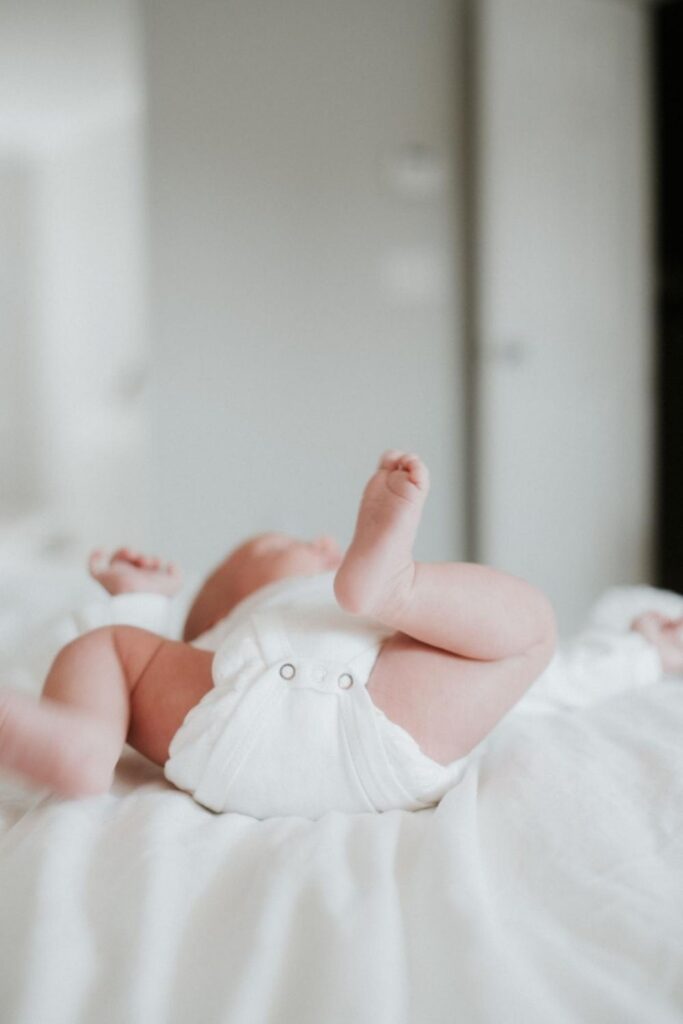
Stinky diapers aren’t just cause for saying “pee-ew”. They’re actually dirtying up our planet, too.
This is probably one of the biggest conversations around the idea of a zero waste baby—so much so that it’s been dubbed The Great Diaper Debate.
Let’s get some background information:
At the beginning of the 20th century, cloth diapers were used exclusively and boiling became a regular practice (to reduce bacteria). During WWII, a “diaper service” was established in some areas of the world, bringing working mothers fresh cotton diapers as needed.
Disposable diapers made it into the market around the 1950s, quickly became cheaper than cloth options, and solidified their position as “diaper of choice” for most new parents.
Thanks to social media and increased environmental awareness, cloth diapers have reemerged as one of the top zero waste baby alternatives—and with a vengeance. Around 2005, the term “diaper hyenas” became popularized as collector editions of high-end cloth diapers became extremely popular.
Some mums were willing to pay $80 for a used cloth diaper!
Why?
In the US alone, 20 billion disposable diapers (3.5 million tons) are added to landfills every year. Each one (containing human feces) has the potential to send 100 different viruses to nearby groundwater.
Still, life cycle assessments of energy, water, raw materials, and waste have still rendered a debate over the sustainability of a cloth diaper vs a reusable one.
What many don’t consider is the extent of chemicals required (i.e. bleach) to make disposable diapers.
Knowing our little one isn’t sitting a diaper of chemicals means reusable options still come out on top for us.
Reusable cloth diapers are the way to go with a zero waste baby, especially if you choose organic cotton, but knowing how to wash cloth diapers can be a process. We suggest a strong zero waste laundry detergent for this.
From our own experience, reusable cloth diapers can be overwhelming, especially in the first few weeks.
But don’t let perfect get in the way of better or rather your plastic free baby.
If this is resonates with you, we’ve heard of several blended approaches that could work well while still massively reducing waste – for example, using biodegradable nappies for the first few weeks of raising a newly born human and then switching to reusable once you’ve recovered and into the swing of parenting.
Or we’ve heard of opting for the pragmatic blend of using reusables at home where 80% of the diapers get changed and then only using organic, non-toxic disposables when out and about in tricky to change situations.
On this particularly hairy topic of disposable vs reusable, anything you can do to reduce diaper waste is better than nothing.
Read our guide on the most eco-friendly diapers made by conscious brands.
SWAP WIPES WITH WASHCLOTHS
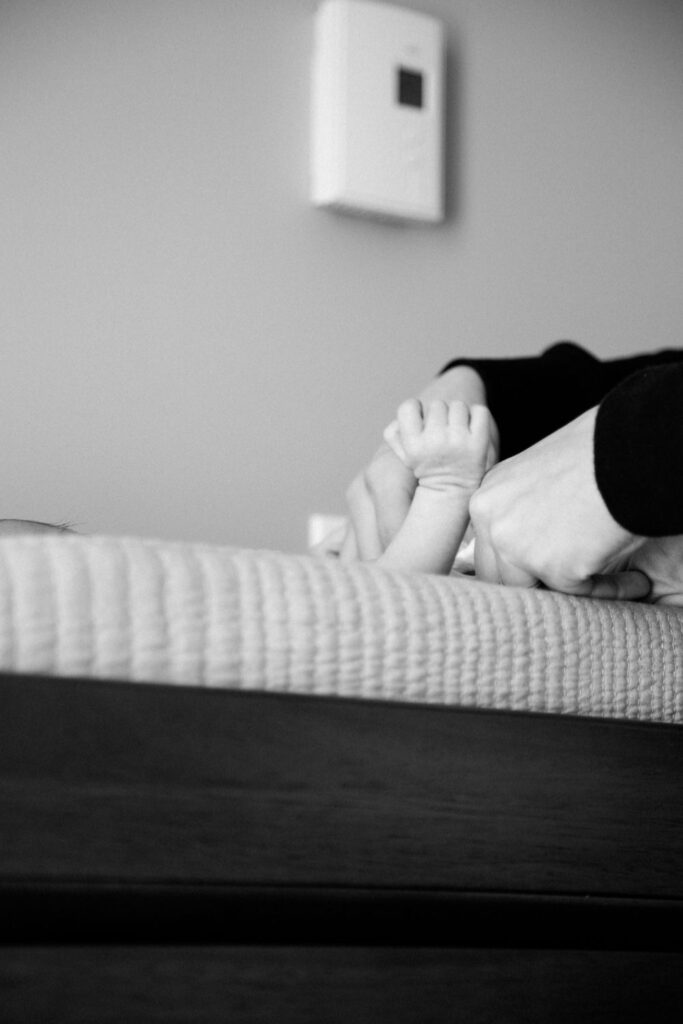
To truly get to the bottom of this conversation on baby bottoms, we must address baby wipes.
Like their diaper counterparts, they have also received a lot of negative attention, earning the name “the biggest villain” by The Guardian.
Unless they’re legit eco-friendly baby wipes, these wipes cause “fatbergs,” or giant blockages in our sewage systems. Weighing up to 40 tonnes, these are made predominantly of fat, oil, and—you guessed it—baby wipes.
Even when baby wipes are used and disposed of properly, they’re still problematic:
- Baby wipes are not truly biodegradable. Those that claim they are often only degradable (fun fact: so is plastic). Remember, biodegradable is not the same as compostable. Plastic is technically biodegradable. Like many other items we throw away, they have a unique ability to make their way to our oceans, oftentimes becoming mistaken for food and killing sea creatures.
- Greenwashing is everywhere (like baby poop). “Earth-Friendly” baby wipes have been criticized for being nothing more than greenwashing—still promoting products made with polyester (AKA petroleum) that aren’t biodegradable.
- Wipes contain chemicals that produce a range of health concerns for babies. Like other cosmetic and body care products, wipes can contain all sorts of chemicals, including (but not limited to) formaldehyde, fragrance (parfum), parabens, triclosan, chlorine, propylene glycol, SLS/SLES, PEG, and polysorbate.
Why risk that when it’s as easy to clean a messy bum with a reusable washcloth?
You can either use super soft washcloths specifically designed for babies or create your own from old clothes (preferably cotton flannel).
For homemade bum cleaner, just use a blend of boiling and cooled water, oil, and Castile soap, see Dr. Bronner’s recipe. A bar of soap works just as well, just make sure it’s non-toxic and suitable for sensitive skin.
For zero waste baby powder, see Laguna Herbals’ talc-free Organic Baby Powder.
CONSIDER ZERO WASTE BABY PRODUCTS
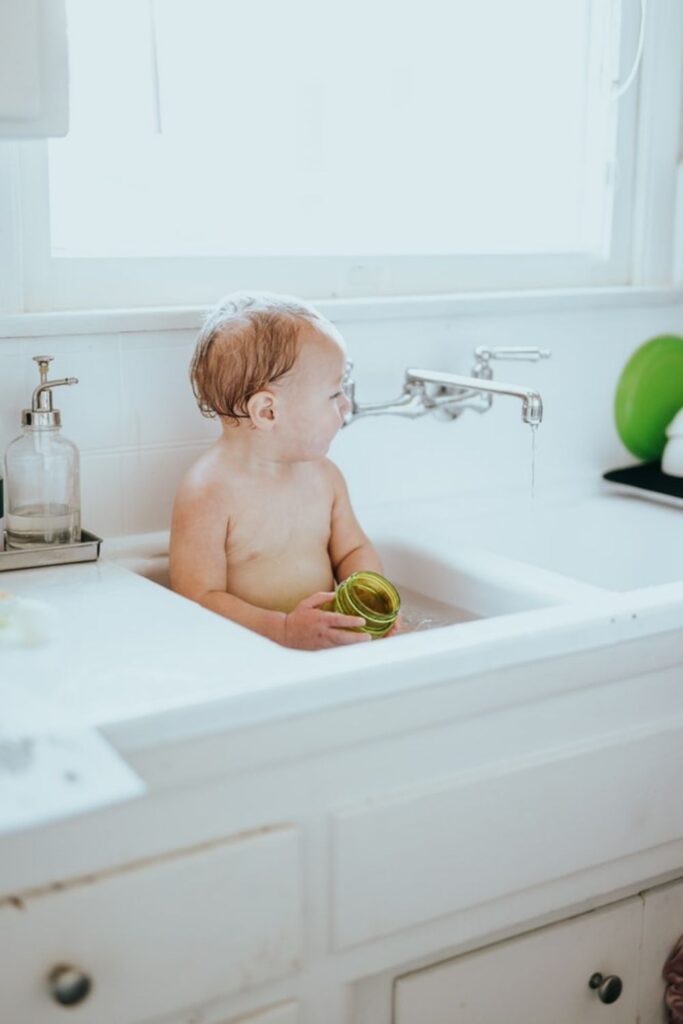
The best zero waste product is buying nothing at all!
However, some things get naturally used up and must be continually purchased.
Here are some such zero waste baby essentials we feel are pretty important.
- Zero waste baby skincare: Zero waste skincare is gaining speed in the world of sustainable and ethical beauty. Baby skincare products are becoming more available too, through brands like Baeo and the many Etsy sellers offering all-natural organic baby skin care products including: powder, sunscreen, diaper cream, and more.
- Zero waste nursing pads: These soothe sore nipples and soak up any leaking breast milk. You can either get single-use nursing pads that are certified compostable or opt for washable ones.
- Zero waste baby soap: Pure Castile soap is great for babies, especially the sensitive skin version typically found with most brands. Dr. Bronner’s isn’t just one of our favorite organic body washes for fully-grown humans, but babies too!
- Zero waste baby shampoo: While castile soap is gentle enough for a few tufts of new baby hair, there are also many baby-friendly zero waste shampoo bars on the market. And some of those options can also be classified as organic baby shampoo. But given how little hair a baby actually has, you could skip baby shampoo altogether.
ZERO WASTE GIFTS AND BABY SHOWER
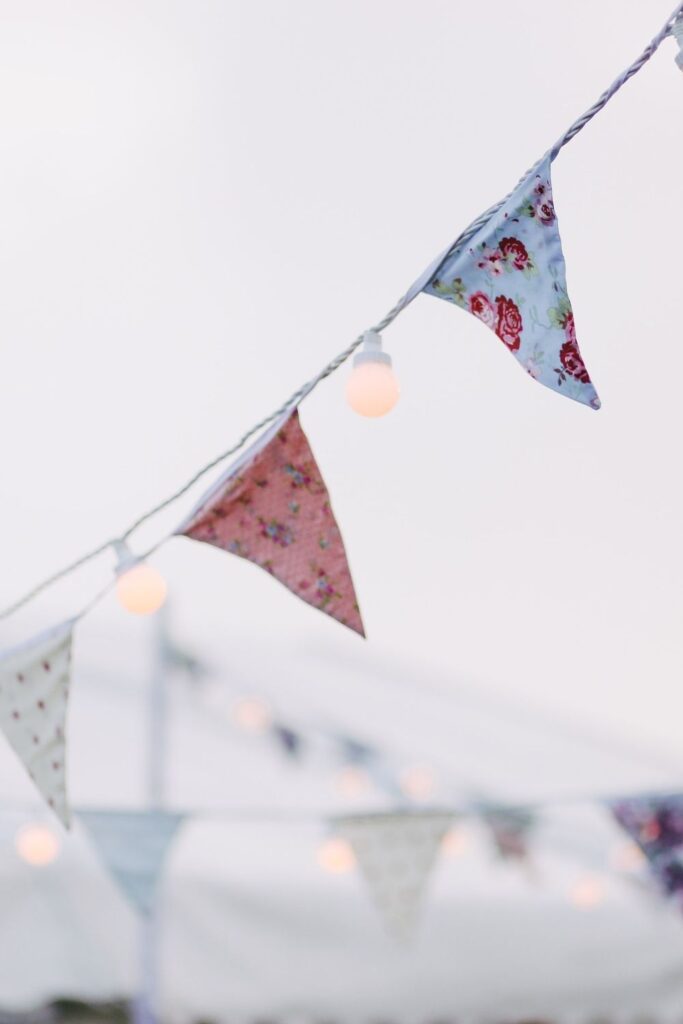
Nowadays, there is a party (and accompanying gifts) for every milestone in a baby’s life: First, the baby shower, followed by the gender reveal party, the birth itself, first birthday, and so on.
For a small human whose entire life revolves around eating, sleeping, and pooping, this means a lot of stuff that likely doesn’t get used or appreciated as much as a gift-giver might think.
Yet, we get it.
Welcoming another living being into this world is definitely a cause for excitement!
So, to help you celebrate your new baby in a way that aligns with a zero waste baby lifestyle, here are a few thoughts:
- Consider asking for nothing at all. If you’re in a position where your needs are met and you’re getting everything you need by the coos and adorable movements of your newborn, consider asking friends and family members to celebrate with you—sans gifts.
- Opt for vouchers. Every day with a new baby is a journey, one that is ever-changing and unpredictable. With this in mind, ask your loved ones for gift cards so you can use them to purchase as needs arise. This way, you can get exactly what you need and what’s best for your baby—and nothing will just sit in an unopened box in your closet.
- Think long-term needs. On three hours of sleep, it’s hard to think about what will happen in the afternoon, let alone a year or two down the road. However, if you have the mental capacity to do so, consider asking for gifts that will serve you well during the months and years to come. This might be clothes that are a few sizes up, that first pair of “real” shoes, a big kid bed, or a contribution to a college fund.
- Use a gift registry. Not only will a baby gift registry help you get exactly what you and your child needs, but you can also use it as a good tool to explore the market and determine what’s best for you and your family! You can even sign up for your own zero waste baby registry on the EarthHero website.
- Encourage sustainable gifts. If there are things that you certainly don’t want around the house when your baby arrives, don’t feel ashamed in sharing this with friends and family. If you’re avoiding certain toxins or an abundance of plastic throwaways, suggest a few eco friendly toy brands with loved ones.
- Go eco with your party planning. Plastic plates, cups, cutlery, confetti, balloons (including ‘biodegradable balloons‘) and who knows how many other wasteful party peripherals are all easily replaced with more thoughtful ideas like reusable crockery and cutlery and beautiful cloth bunting.
BREASTFEED, IF POSSIBLE
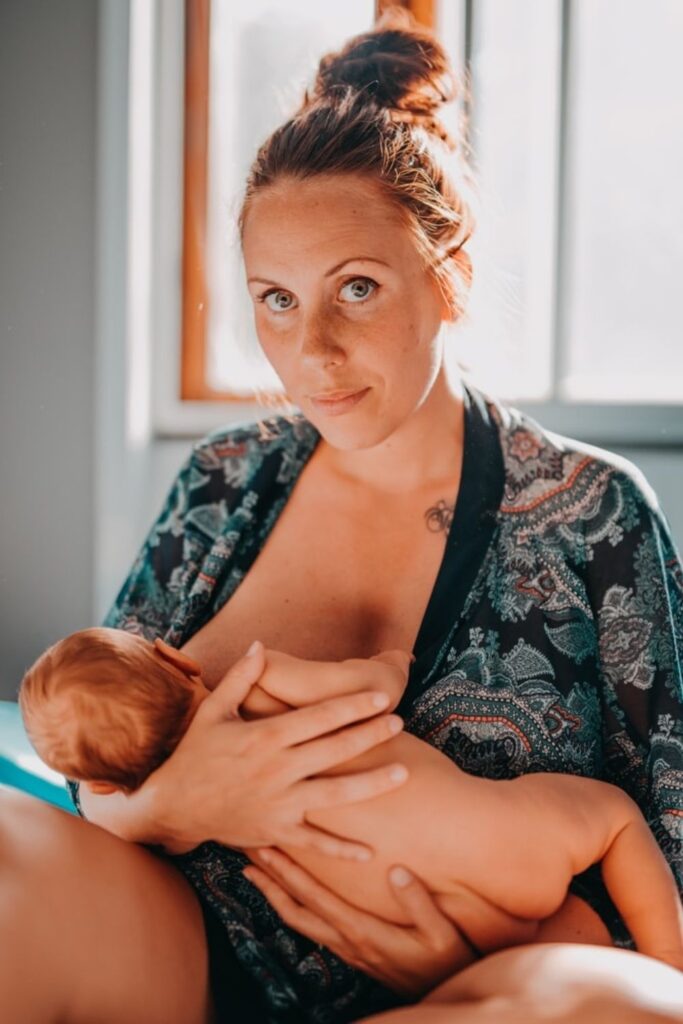
Breastfeeding isn’t possible for every parent and many prefer not to breastfeed.
Each to their own and no judgement here!
But if it is something you’re considering, it is a brilliant way to cut out some unnecessary waste. Breastfeeding is like the OG zero waste food (and one of the best renewable resources out there, we might add)!
Additionally conventional baby formula can have other environmental drawbacks so great to avoid if you can.
Whether breastfeeding or not, invest in some zero waste baby bottles.
Glass baby bottles are the way to go.
They’re free of BPA, durable enough to pass on to little siblings (or babies of friends and family), and glass is infinitely recyclable—meaning they won’t sit in a landfill for around 450 years like their plastic counterparts.
REDUCE WHAT YOU CAN
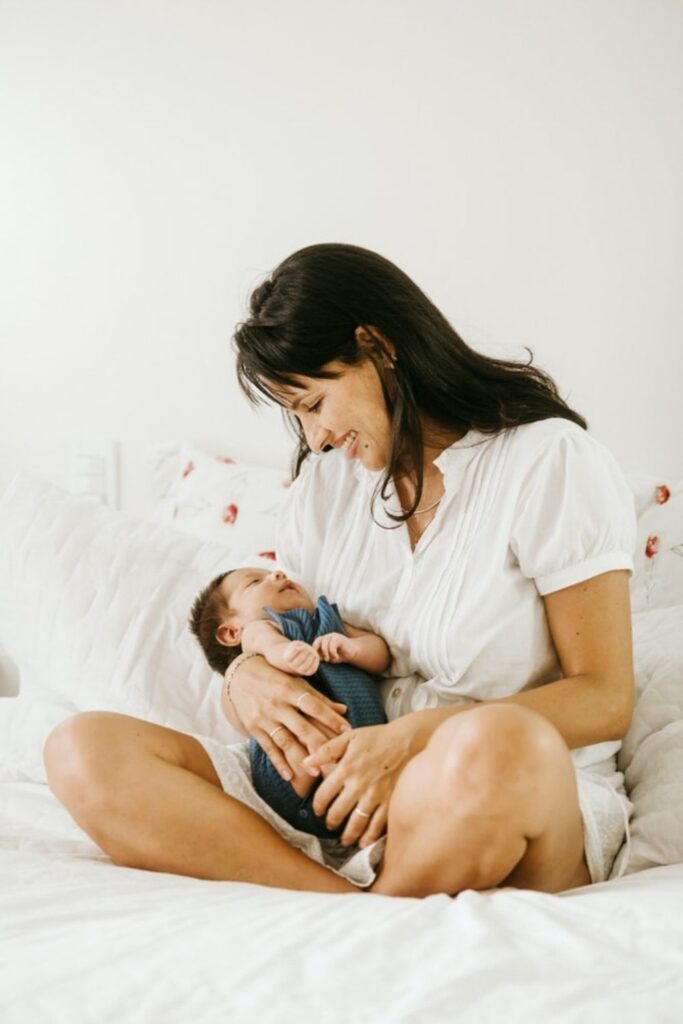
In the excitement and nervousness of a new baby, it’s easy to get caught up in the “need” to buy tons of baby paraphernalia.
No, you don’t need a wet wipe warmer (especially if you’re using your own washcloths and warm water). You don’t need pacifier wipes or a WiFi-enabled crib, and believe it or not, gloves won’t be necessary when you change your baby’s diapers.
And don’t even get us started on the WhyCry baby crying analyzer…
Babies have been able to survive for millennia—and they’ve done so without a special BabyBum brush for diaper cream, baby Burberry perfume, and a butt fan that prevents diaper rash.
One search online for an “eco friendly crib” and you’ll be bombarded by a range of targeted ads. Most of them should just be ignored.
If it looks like a waste of money, it probably is.
CURB FOOD WASTE
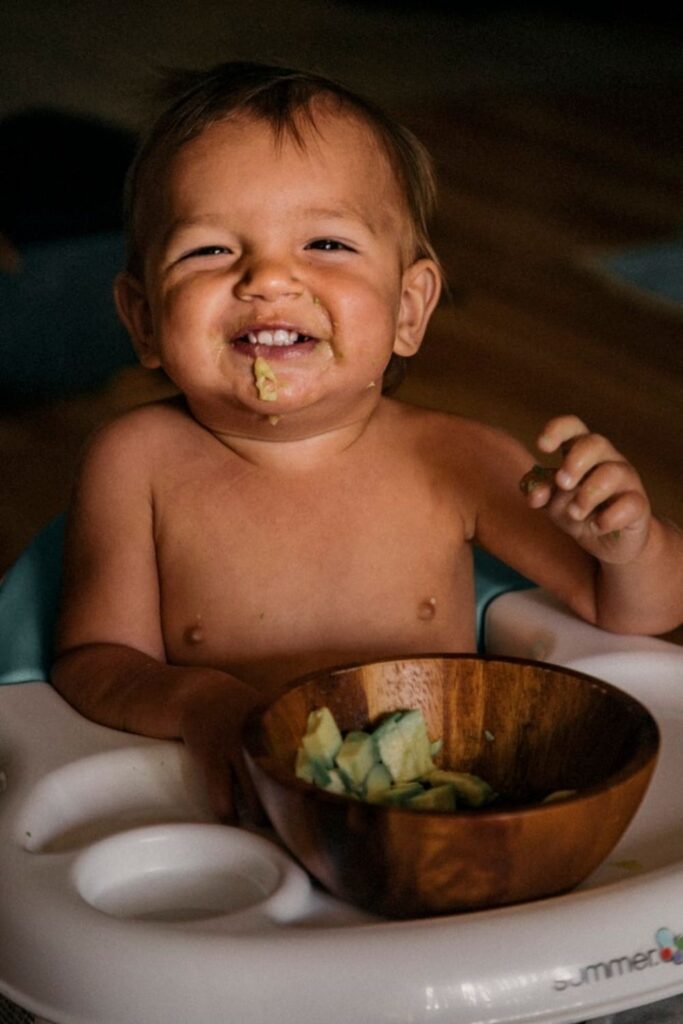
Unfortunately, babies and food waste tend to go hand in hand.
While they’re developing their palates, you can expect a lot of food to end up in… well, places that aren’t a baby’s tummy.
Unless you’re a believer in the 10-second rule, or have a dog, be prepared to throw a lot away (or hopefully compost if you have an apartment bin).
To reduce some waste in the form of baby food jars, experiment with making your own baby food. That way the food might get wasted, but at least the container isn’t.
Here are a few other tips:
- Start with small portions: Whether experimenting with new food or serving something that’s usually gobbled up, do more smaller portions instead of one large one. This will look less intimidating for your baby or toddler, and will make for less food on the floor if you turn your back for a second!
- Reuse leftovers: Fruit and yogurt make a good snack for toddlers and, when it doesn’t all get eaten, it can be put in a freezer-friendly container and turned into a smoothie at another time! Certain veggies work for this, too. Hooray for preserving food at home!
- Use beeswax wraps for snacks: Once your toddler is eating solid foods, consider using beeswax wraps (or soy wax wraps if you’re vegan) instead of plastic baggies. Not only is this better for your child, but better for our planet, too!
FINAL THOUGHTS ON YOUR ZERO WASTE BABY
We can’t help with the 3 am wakeups, constant messes, and countless questions you’ll have at each of your baby’s milestones.
But we do hope this article helps you realize that—dare we say—having a zero waste baby may actually be easier than the alternative.
A baby’s material needs are actually quite few, and that your love and company will be far superior to any fandangled product.
Don’t stress about it too much though.
Do what you can and know that no parent will ever have a perfectly waste-free kid. Zero waste living is a lot like parenting: you don’t have to be perfect to be amazing at it.
What matters is you care and try.
At the end of the day, do what feels right for you and your child—regardless of what any online guide or fellow parent says.
